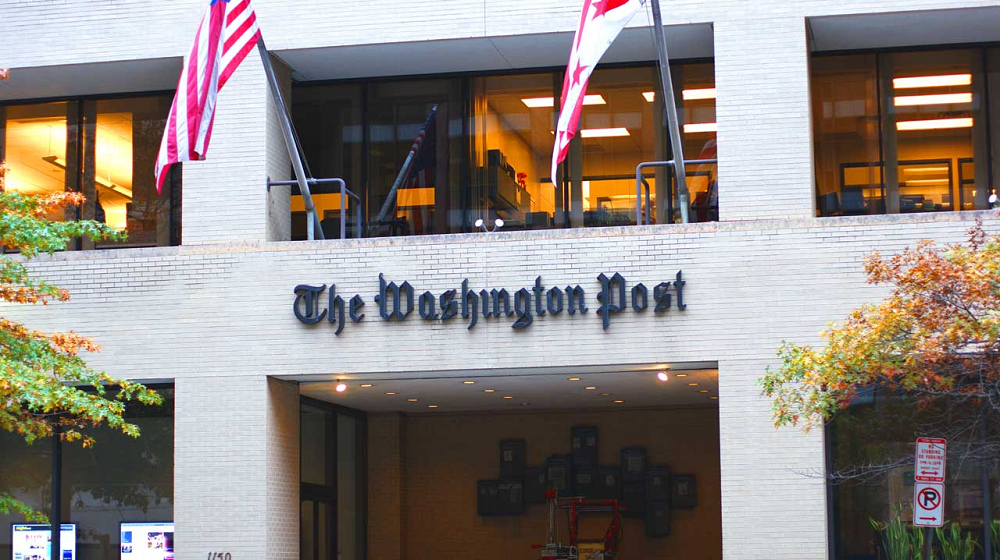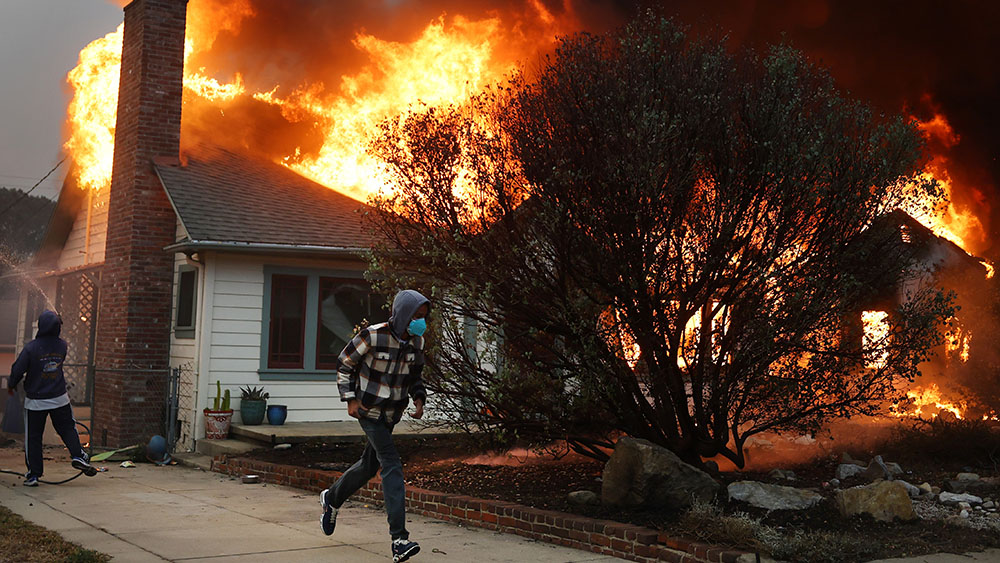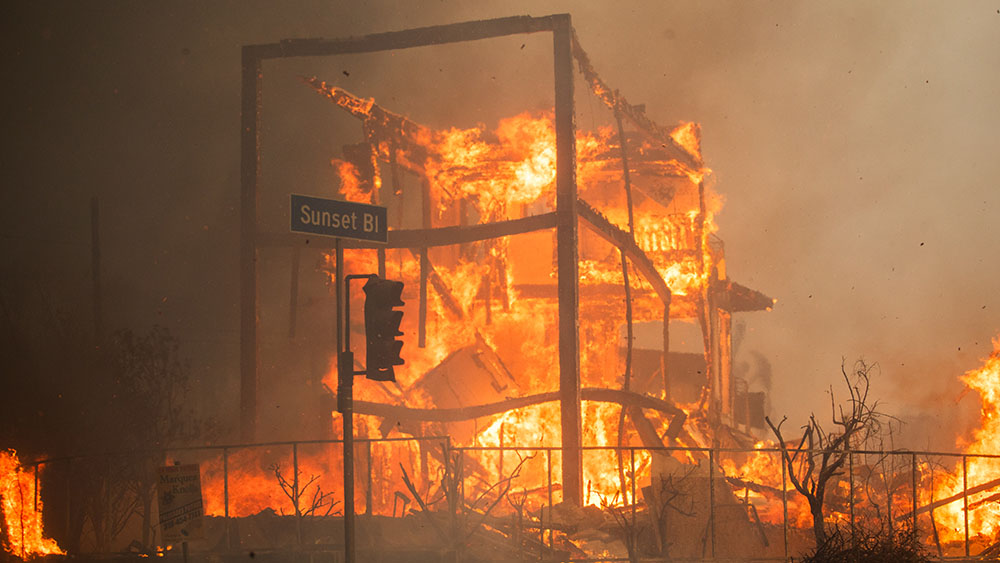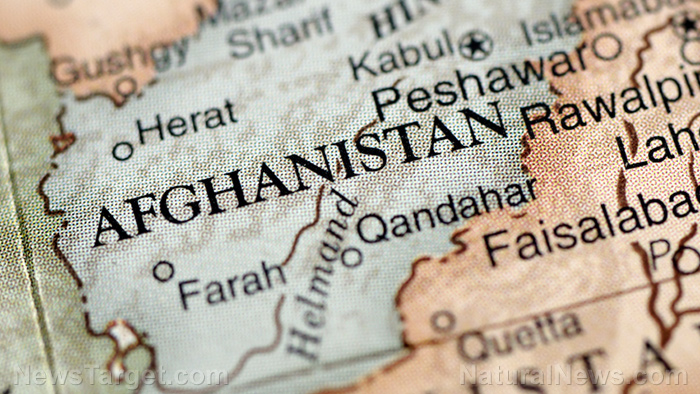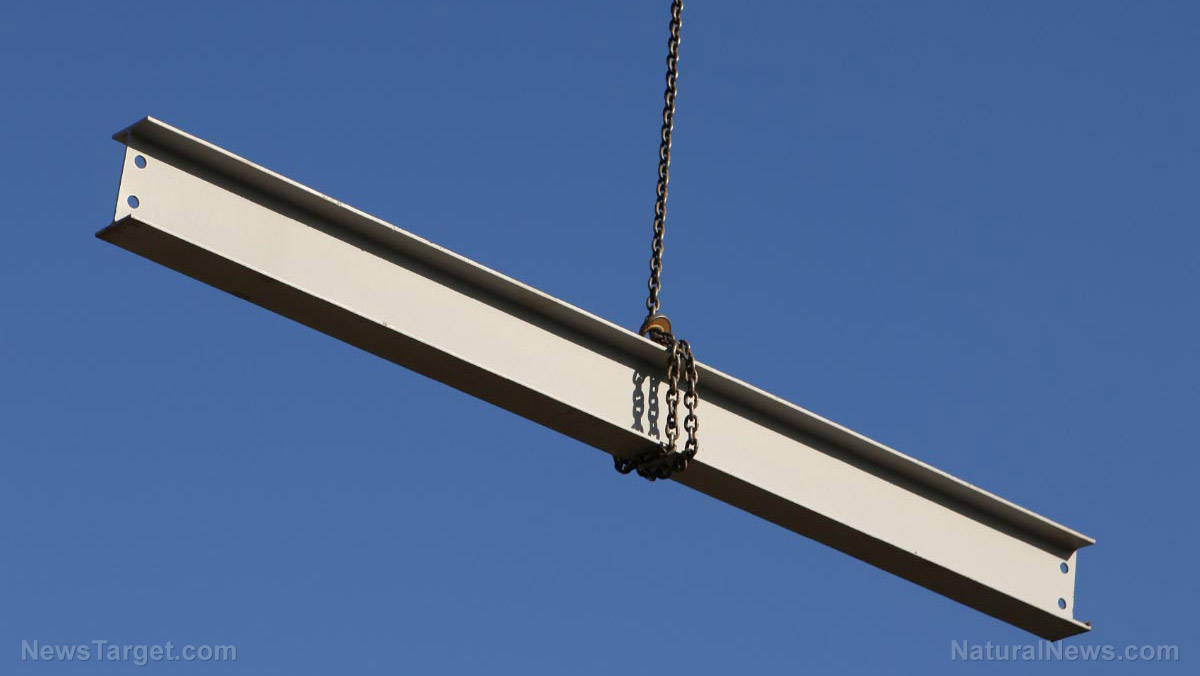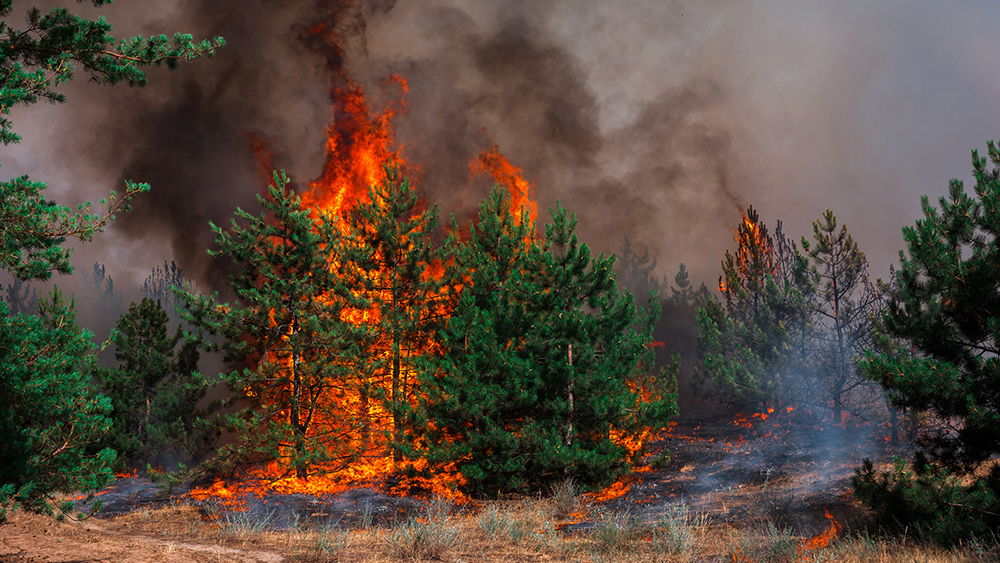Texas vs. California: Los Angeles wildfires expose stark difference in disaster response and governance between the two states
01/10/2025 / By Finn Heartley
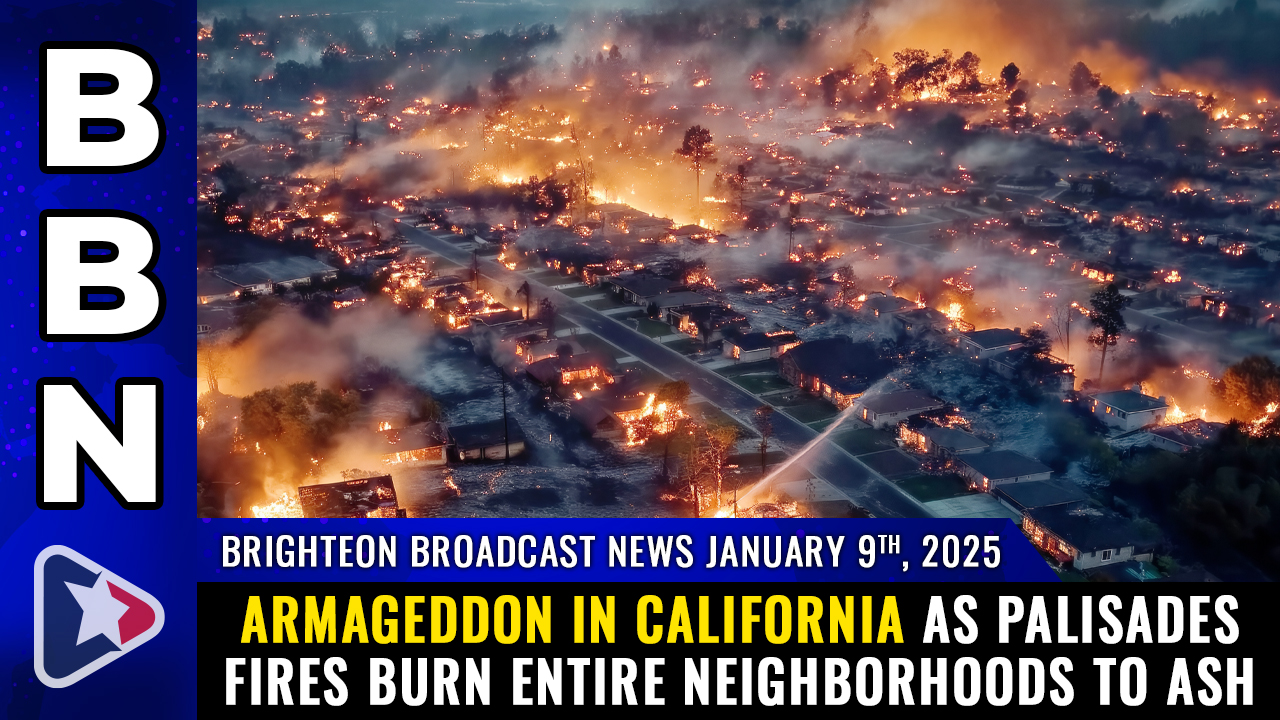
- The Palisades Fire has burned 15,000 acres, displaced 50,000 residents, and caused billions in damage, exposing issues like dry hydrants, overwhelmed services, and looting.
- Texas’ handling of the 2011 Lost Pines Fire, with swift helicopter deployments and community collaboration, contrasts sharply with California’s criticized lack of preparedness.
- Critics argue the state prioritizes progressive policies over practical disaster readiness, citing missteps like unfilled reservoirs, unreliable power grids, and inexperienced crisis leadership.
- Major insurers like State Farm are exiting the state, leaving the “Fair Plan” exposed to $458 billion in liabilities, threatening financial stability.
- The crisis sparks discussions on balancing progressive agendas with practical governance, emphasizing the need for preparedness, resource allocation, and public safety.
As wildfires rage across California, leaving devastation in their wake, the effectiveness of the Golden State’s emergency response system, especially when compared with that of Texas, has ignited a heated debate about governance, resource allocation and how much elected politicians truly prioritize public safety.
While California struggles with what critics call a “cluster—- of bad planning,” Texas is being lauded for its efficient, hands-on approach to disaster management, exemplified by its handling of the Lost Pines Fire in 2011. (Related: Hollywood Hills ABLAZE: Wildfires devastate Los Angeles, forcing mass evacuations and claiming lives.)
The Palisades Fire, currently ravaging parts of Los Angeles, has already burned over 15,000 acres, forced 50,000 residents to evacuate, and caused tens of billions of dollars in damage.
Amid the chaos, reports of dry fire hydrants, overwhelmed emergency services and widespread looting have painted a grim picture of California’s preparedness — or lack thereof. Critics argue that the state’s leadership, often focused on progressive social policies, has neglected the practical necessities of disaster readiness.
In contrast, Texas, with its “can-do” attitude and robust emergency response infrastructure, has been held up as a model of efficiency. The Health Ranger Mike Adams, a resident of Texas, commenting on the situation on his program “Brighteon Broadcast News,” recounted his experience during the Lost Pines Fire, where helicopters swiftly mobilized to scoop water from local ponds to combat the flames.
“Texas does an amazing job in dealing with emergencies,” Adams said. “It’s one of the things I really appreciate about living here.”
Adams’ account highlights a key difference: Texas’ culture of immediate action and resourcefulness. During the Lost Pines Fire, local authorities and residents worked in tandem, with power line workers braving harsh conditions to restore electricity and law enforcement stepping up to assist affected communities.
This collaborative, no-nonsense approach stands in sharp contrast to the criticism leveled at California’s leadership, which has been accused of prioritizing ideological agendas over practical solutions.
Terrible governance, misplaced priorities worsened California’s wildfire disaster
California’s woes are compounded by a series of missteps. Reports indicate that Los Angeles County failed to refill reservoirs despite advanced warnings of high winds and fire risk. Additionally, the state’s power grid has been unreliable, leaving hundreds of thousands without electricity during critical moments. Critics have also pointed to the appointment of an openly LGBTQ+ fire chief in Los Angeles, arguing that the need for diversity has overshadowed the requirement that officials have experience, especially in crisis situations.
The fallout from California’s wildfires extends beyond the immediate destruction. Insurance companies, wary of the state’s recurring disasters, have been pulling out in droves. State Farm, one of the largest insurers in the U.S., announced its exit from California last year, leaving many homeowners without coverage.
This exodus has left the state’s “Fair Plan,” an insurer of last resort, exposed to nearly $458 billion in potential liabilities – a financial burden that could push California to the brink of bankruptcy.
Meanwhile, Texas has managed to maintain a more stable insurance market, thanks in part to its proactive disaster management strategies. The state’s emphasis on preparedness and resilience has not only saved lives but also protected its economy from the kind of catastrophic losses California is now facing.
The contrast between the two states has sparked a broader conversation about the role of governance in disaster response. Critics argue that California’s focus on progressive policies has come at the expense of practical governance, leaving residents vulnerable to natural disasters.
“Being woke doesn’t put out fires,” Adams quipped, encapsulating the frustration many feel toward California’s leadership.
Watch this Jan. 9 episode of “Brighteon Broadcast News” as Mike Adams, the Health Ranger, talks about how the Pacific Palisades fire in southern California is burning down entire neighborhoods.
This video is from the Health Ranger Report channel on Brighteon.com.
More related stories:
Palisades Fire becomes L.A.’s most destructive wildfire amid water shortages and power outages.
Wildfires ravage Pacific Palisades, forcing 30,000 to flee as Santa Ana winds fuel uncontained blaze.
Los Angeles engulfed in flames as DEI policies and budget cuts cripple fire response.
Sources include:
Submit a correction >>
Tagged Under:
bbn, Brighteon, Brighteon Broadcast News, California, california collapse, California wildfires, chaos, Collapse, Collapsifornia, disaster, disaster response, emergency response, greater texan, Health Ranger, Health Ranger Report, Los Angeles, Lost Pines Fire, Mike Adams, natural disasters, Palisades fire, Texas, wildfires
This article may contain statements that reflect the opinion of the author
RECENT NEWS & ARTICLES
COPYRIGHT © 2017 COLLAPSE.NEWS
All content posted on this site is protected under Free Speech. Collapse.news is not responsible for content written by contributing authors. The information on this site is provided for educational and entertainment purposes only. It is not intended as a substitute for professional advice of any kind. Collapse.news assumes no responsibility for the use or misuse of this material. All trademarks, registered trademarks and service marks mentioned on this site are the property of their respective owners.



